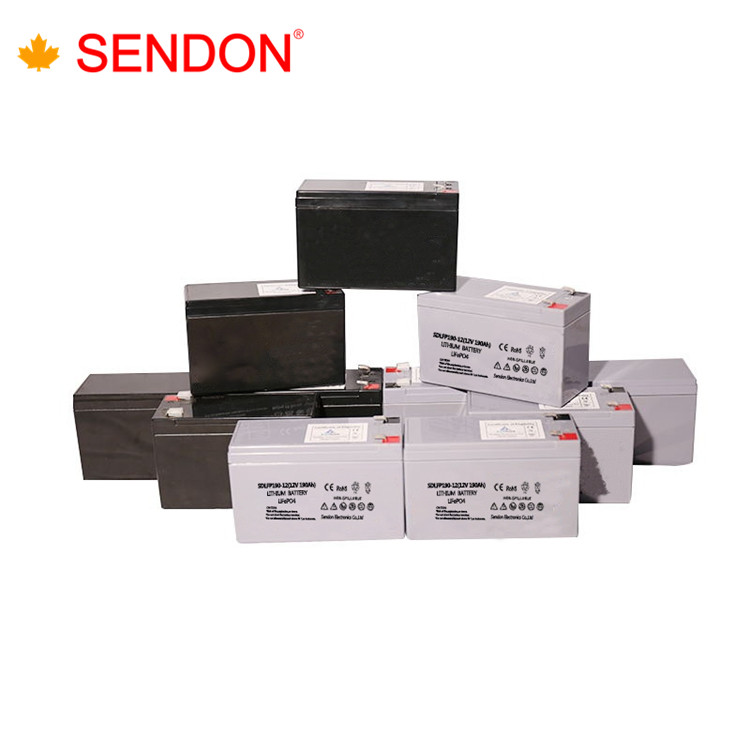Lithium batteries belong to the nine categories of dangerous goods and require the second category of packaging.
First of all, if you are a manufacturer, you need to go to the commodity inspection bureau for a battery filing.
The dangerous package certificate you said requires the carton factory to first issue a dangerous goods packaging performance result sheet. You take this list and your battery classification certificate (this is also done by the commodity inspection bureau) to the commodity inspection bureau to replace the dangerous package certificate.
The information required for exit inspection is similar to that of ordinary goods, but there is an additional record book, but the requirements of the local commodity inspection bureaus may be slightly biased. It is recommended that you call the commodity inspection bureau to ask.
In addition, you need UN38.3 report for sea and air transportation, and MSDS for sea transportation.
Lithium-ion battery transportation methods include air, water and land transportation. So far, we have mainly discussed the most commonly used air transportation and ocean transportation.
Since lithium is a metal that is particularly prone to chemical reactions, it is easy to extend and burn. Lithium battery packaging and transportation, such as improper handling, easy to burn and explode, accidents occur from time to time. Accidents caused by non-standard behaviors in its packaging and transportation have received increasing attention. Multiple regulations have been issued by multiple agencies around the world, and regulatory agencies have become more stringent. They have increased operating requirements and continuously revised regulations and regulations (such as : IATA revises the regulations for lithium battery transportation every two years)
Management scope
United Nations (UN) worldwide, all forms of transportation
International Civil Aviation Organization (ICAO) worldwide, aircraft
Air Transport Association (IATA) worldwide, aircraft
International Maritime Organization (IMO) worldwide, shipping
United States Department of Transportation (USDOT) United States, various forms of transportation
European Ground Transport Agreement (ADR)
1) Lithium batteries and lithium battery packs are classified as Class 9 dangerous goods
2) All lithium batteries (groups) must pass the UN38.3 test
3) Exceptions are provided for the transport of some lithium batteries in Class 9
4) Strict restrictions on shipping samples
5) Restrictions on daily lithium batteries for passengers
6) Restriction on transportation of all defective batteries or damaged batteries
Lithium battery transportation must first provide the corresponding UN number. Lithium batteries are classified as the following miscellaneous dangerous goods as the following UN numbers:
UN3090, Lithiummetalbatteries
UN3480, lithium-ion batteries (Lithiumionbatteries)
UN3091, lithium metal battery installed in the device (Lithiummetalbatteriescontainedinequipment)
UN3091, lithium metal batteries packed with equipment (Lithiummetalbatteriespackedwithequipment)
UN3481, lithium-ion battery installed in the device (Lithiumionbatteriescontainedinequipment)
UN3481, Lithium ion batteries packed with equipment (Lithiumionbatteriespackedwithequipment)
Lithium metal battery: Disposable battery that generally uses lithium metal or lithium mixture as anode.
Lithium-ion batteries: Lithium-ion batteries (abbreviations: LiionBatteries). Lithium compounds are used as positive electrodes, and batteries made of lithium ion intercalation and deintercalation can be used instead of pure lithium as negative electrodes. It is a secondary battery that is generally used in the consumer electronics industry.
的 Batteries produced by different lithium ion battery materials can be divided into: polymer batteries, square batteries, cylindrical batteries (usually 18650 batteries).
The technical definitions of batteries and battery cells mentioned in the manual of the United Nations Testing and Standards are as follows:
"Battery" Two or more battery cells connected together by a circuit, and installed with the necessary equipment, such as: housing, electrode terminals, marking and protection devices.
Single-cell batteries are considered "cells" (handled as cells during UN38.3 testing). A "cell" is a single, closed electrochemical device consisting of a positive electrode and a negative electrode with a potential difference between the two electrodes. Regardless of these rules and UN testing standards and manuals, such electrification units are called "batteries" or "single-cell batteries", and in our rules and UN testing standards and manuals, they are called "cells" Instead of battery. In DGR, single-cell batteries should be treated as battery cells rather than batteries as a limitation.
Generally speaking, button batteries are the ones that use the most lithium batteries directly;
Lithium batteries in laptops and power tools are composed of several (3 to 9) cells in series and parallel; power lithium battery packs consist of dozens to hundreds of cells in series and parallel, with protection Wiring devices to provide power to them;
For mobile phones, MP3 basically uses a single lithium-ion battery or a single lithium polymer battery, plus a protective circuit device to form a battery.
The new lithium battery measurement standard is: rated watt-hour (Wh), if the battery's nominal voltage (V) and nominal capacity (Ah) are known, the value of rated watt-hour can be calculated: Wh = VxAh ampere times The nominal voltage is equal to the nominal voltage and nominal capacity in watt-hours, and this indicator requires marking on the battery.
Lithium battery transport packaging
1. Without considering exceptions, these batteries must be transported in accordance with the restrictions in the rules (packaging instructions applicable to DGR4.2) [2]. They must be packaged in the UN specification packaging specified in the DGR Dangerous Goods Regulations in accordance with the applicable packaging instructions, and the corresponding number must be displayed on the packaging.
2. Packing that meets the requirements, except for markings that apply the proper shipping proper name and UN number,
Class 9 dangerous goods label
Class 9 dangerous goods label
Class 9 hazard labels must also be affixed.
3. The shipper must fill in the dangerous goods declaration form; provide the corresponding dangerous package certificate ;.
Share:

